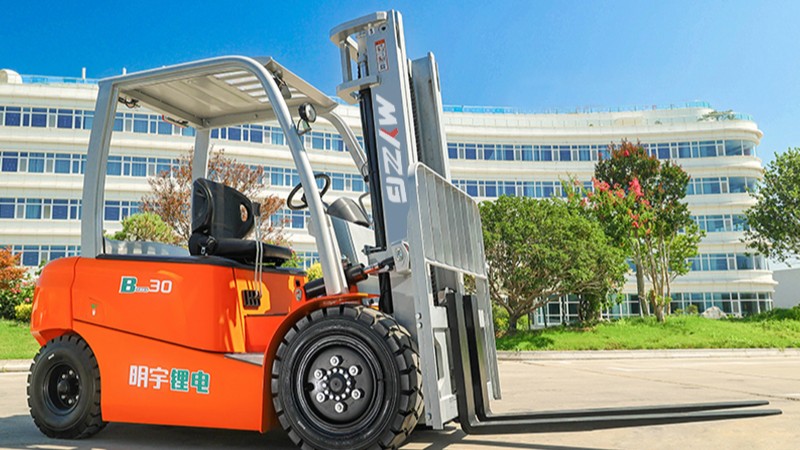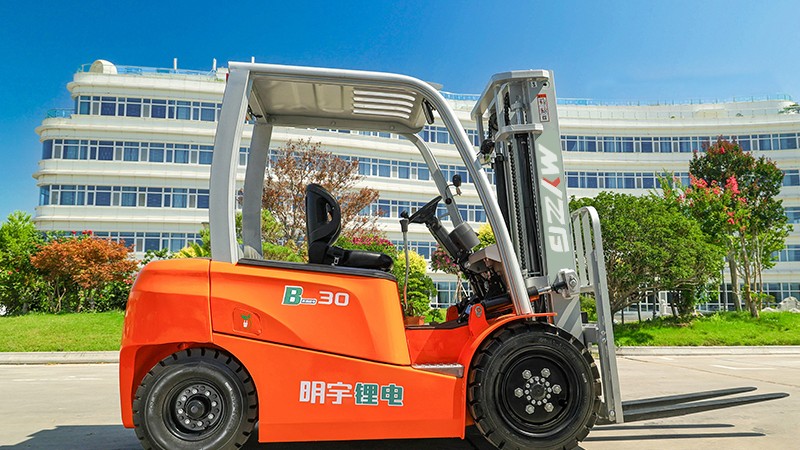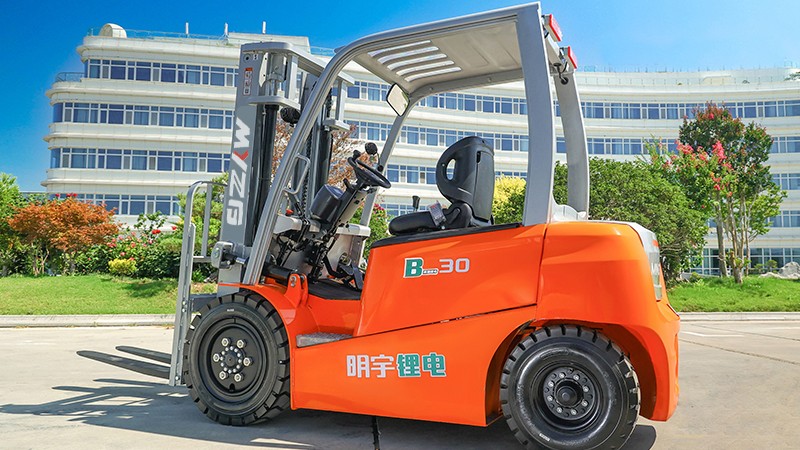In the dynamic world of warehousing, construction, and logistics, forklifts are indispensable workhorses. For many businesses, especially those with fluctuating demands or limited capital, renting or leasing a forklift on a monthly basis can be a cost-effective and flexible solution. But just how much does it cost to rent a forklift monthly? The answer is not straightforward, as it depends on a multitude of factors. Forklift rental rates can vary widely, with monthly costs typically ranging from as low as 800to up ward for 4,500. This broad spectrum is due to the diversity in forklift types, capacities, and additional features. For example, a standard electric forklift with a relatively low capacity of 3,000-4,000 lbs might cost around 1,150− 1,600 per month. These smaller electric models are popular in indoor warehouse settings where emissions control and quiet operation are crucial. They are often used for tasks such as moving light-to-medium-sized pallets in narrow aisles. On the other hand, if you need a more powerful internal combustion forklift with a capacity of 5,000-8,000 lbs, the monthly rental could be in the range of 1,500− 2,500. These are better suited for outdoor applications or for handling heavier loads in large warehouses or construction sites. They run on fuels like propane, gasoline, or diesel, providing the necessary power for more strenuous tasks. Specialized forklift models, such as telehandlers which can reach greater heights and distances, can command even higher monthly rental fees, sometimes up to $4,368. Telehandlers are essential in industries like construction, where they are used for tasks like lifting building materials to elevated work
2. A variety of factors influence the monthly rental costs of forklifts. The type of forklift is a primary determinant: electric forklifts are generally more affordable in the short-to-medium term due to simpler designs with fewer fuel system components, while internal combustion models, necessary for heavy-duty outdoor work or areas without charging infrastructure, come at a higher cost. Reach trucks, designed for narrow warehouse aisles, rent fo 1,200− 2,200 monthly, with their specialized maneuverability justifying the premium. Capacity is another critical factor—higher weight-lifting capacity means more complex, stronger components, so a 3,000-4,000 lbs forklift is cheaper than one with 10,000 lbs or more, like a 10,000 lbs cushion tire model at 2,000− 3,000 monthly versus a 3,000 lbs electric one at half that. Rental duration affects pricing too, with longer terms bringing discounts—3+ months may cut 10-20% off monthly rates, and annual leases offer even more savings. Geographic location plays a role, as high-demand industrial hubs or areas with high operational costs (like Los Angeles) have 10-15% higher rates than smaller towns. Additional services and features, such as on-site maintenance (100−300/month), operator training (200−500), or GPS tracking (50−100/month), also increase costs.
3. Real-world examples illustrate how these factors play out. In a small-to-medium warehouse in the Midwest, a company renting a 5,000 lbs electric forklift for three months during peak season paid 1,400 for the first month, with153,850(average1,283.33/month) . A construction firm in a coast alcityneededa12,000lbsinternalcombustionforkliftforamonth;duetohighdemandandthespecializedequipment,theypaid
3,500, plus 250foron−sitemaintenance,totaling3,750. Renting offers key advantages over buying: lower initial investment (avoiding 20,000−100,000+ purchase costs), flexibility to switch models as needs change (e.g., upgrading for heavier loads), and rental companies handling maintenance/repairs (saving on costs, with technicians fixing issues at no extra charge unless due to operator negligence). These benefits make renting ideal for SMEs with limited capital or fluctuating needs.
The future of forklift rental pricing will be shaped by emerging trends. Technological advances are increasing the availability of fuel-efficient, eco-friendly models like hydrogen-powered or advanced electric forklifts. While these may initially have higher rental rates due to novelty and development costs, scaling production should make their prices more competitive over time. The growth of e-commerce, driving more goods through warehouses, will boost demand for forklifts, potentially raising rental prices in high-activity areas unless supply expands to match. In conclusion, monthly forklift rental costs depend on type, capacity, duration, location, and add-ons. Understanding these factors and renting’s benefits helps businesses choose options fitting their operational and financial needs, whether a compact electric model for a small warehouse or a high-capacity internal combustion one for large construction projects.
Post time:Aug.05.2025



